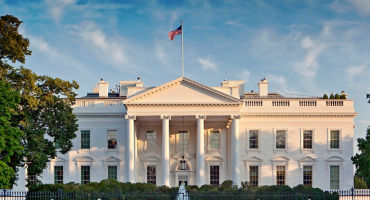How do these trends influence our investment outlook?
We believe that the shifting geopolitical and policy environment will be disruptive for a long time. Against this backdrop, companies are likely to become more differentiated from one another, which could present compelling investment opportunities. This environment also lends itself to thematic strengths across regional, country, industry, company, asset, and asset-class lines, particularly for active managers that are well equipped to identify the could-be thematic winners.
The bottom line is that we believe there are both risks and opportunities associated with global geopolitical and policy changes. For actively managed investment strategies, some of these shifts could offer marked structural advantages for years to come.













Monthly Market Snapshot — February 2024
A monthly update on equity, fixed income, currency, and commodity markets.
By
Brett Hinds
Jameson Dunn